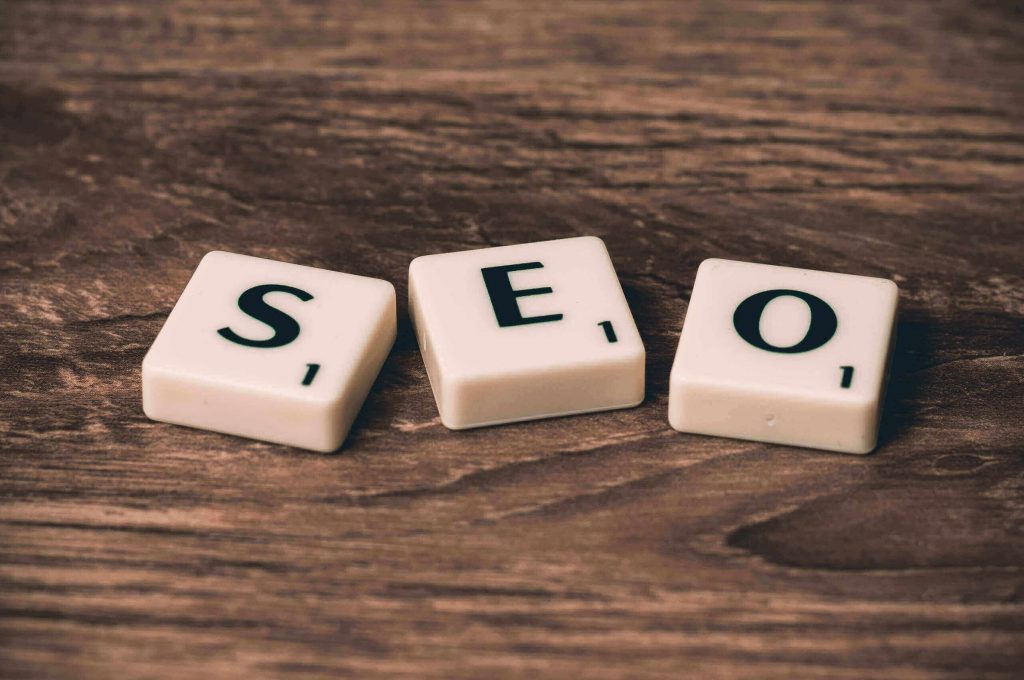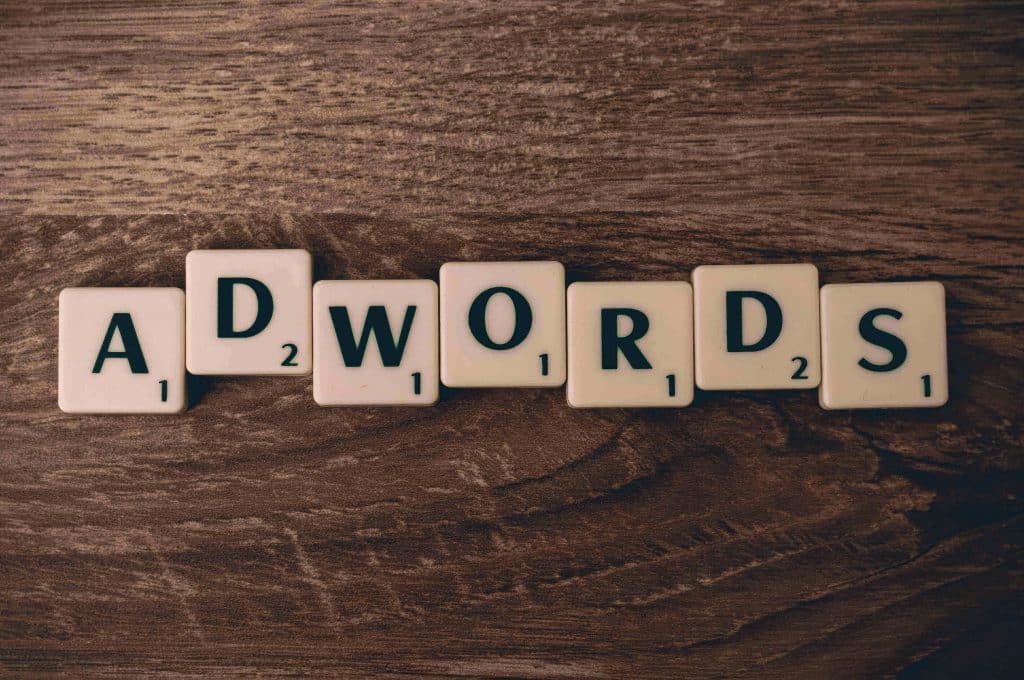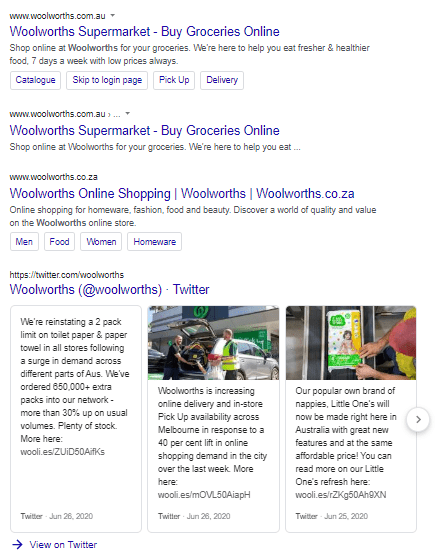Importance of SEO, SMO and SEA for B2B Lead Generation
Search and social media, while often overlooked, form one of the few reliable channels for any B2B company to generate leads, build audiences, and close customers. Their interconnectedness might not be immediately visible but is nevertheless important for any good B2B lead generation engine.
This means that an integrated Search Engine Optimization (SEO), Search Engine Advertising (SEA), and Social Media Optimization (SMO) strategy can be one of the most powerful tools in a B2B marketers toolkit to attract prospects and customers to their content and value propositions.
Often B2B marketers make the mistake of looking at SEO, SEA, and SMO not as a single whole but as disparate strategies. However, all three are interconnected. For example, the effectiveness of your social media strategy will determine the quality of leads coming into your website.
Learn More How Experts Can Help You With This
There are many similarities and differences that B2B marketers must be aware of before setting up a unified SEO+SEA+SMO strategy. Here’s what you need to know –
Search Engine Optimization (SEO): solving the keyword conundrum

Your keyword and content strategy can make or break the effectiveness of your SEO efforts. Smart keyword selection aligned with business goals and search intent, coupled with value-providing content can elevate your SEO strategy from that of an amateur to a professional.
Google’s algorithm is increasingly ranking pages basis the EAT concept –
-
Expertise
Your content should convey your domain expertise in a way that is not too laborious to consume.
-
Authority
The more your content is linked or mentioned by other authoritative websites, the more your website is considered as an authority on the subject.
-
Trustworthiness
Based upon the website’s domain age, regular updates to the website and managing negative sentiment regarding your brand online.
A sound SEO strategy will use the EAT concept to its advantage. Here’s how you can fine-tune your content such that it performs better basis the EAT concept –
- Create content that finds the right balance between being comprehensive while keeping it simple.
- Create snackable content for social media, while long-form content for deep-dives, making sure the content is formatted in a manner that makes it digestible.
- Use visual aids like infographics, GIFs or videos to break down complex subjects.
- Have content available for every stage of the buyer’s journey.
Beyond the content, you’ll also have to maintain the rigor of having backlinks, rationalizing your website architecture, reviewing keywords and updating content on a regular basis. Google has updated its search algorithm close to 200 times since its launch. That’s a lot to keep up with! Here’s where an agency can really help you do the heavy lifting of managing your SEO strategy.
Search Engine Advertising (SEA): Don’t Advertise in the Dark

SEA are techniques that help you optimize your paid campaigns on search engine advertising platforms such as Google Ads. Google Ads and other similar SEA platforms can be like a black box because of the complex algorithms these platforms use to display ads.
It requires a deep understanding of the pay-per-click (PPC) landscape and the technicalities involved in building an always up-to-date paid search campaign.
As a B2B marketer, focus on identifying ads that are performing well and products that sell quickly. This is relatively straightforward to do but such a focus will help you in setting up ‘intelligence events’ on Google Ads that alert you when a goal is met, and such a ‘bestseller’ is identified.
Identifying such best-sellers early on can help you divert spending accordingly and quickly increase your return on investment.
Paid search is a constantly evolving field. New ad formats, new analysis, and reporting tools, and new trends (like voice search) are a regular part of the paid search trade. Keeping abreast of these updates while focusing on the day-to-day of managing your PPC campaigns can be quite a task!
A good B2B marketer will be strategic in not only their ad spend but also the resource management for SEA. While an in-house team can direct strategy, consider a dedicated SEA agency for the tactical implementation so that you can focus your in-house team’s attention on the big picture initiatives.
Social Media Optimization (SMO): Engage, Enlighten and Encourage!
A good SMO strategy serves the purpose of creating rich engagement opportunities on social media with your customers and prospects in way that brings in quality traffic to your website and widens your sales pipeline. A good B2B marketer will understand that SMO is not an independent activity, it ties in with your overall digital marketing strategy of SEO and SEA.
 Both SEO and SMO are distinctly different but they do impact each other. For example, one of the first results that pop up when you search for a brand is their social media profile.
Both SEO and SMO are distinctly different but they do impact each other. For example, one of the first results that pop up when you search for a brand is their social media profile.
SMO thus becomes not only an activity to promote your brand but also to make it more accessible and improve its reach to a new audience, by generating more leads quickly.
Each social media channel caters to a specific audience set. While Instagram and Pinterest are great for sharing images, Twitter is more text-based and too limited to 280 characters. Meanwhile, LinkedIn is more suited for professional thought leadership content.
Your channel should determine your SMO strategy as each platform brings with it its own optimization techniques and nuances. Here’s how you can take your SMO strategy to the next level –
-
Your social content is a window to your brand
Make sure that the content you put out on social media is consistent with your brand voice across channels. Your customers judge you basis your every word online and it is imperative to have a consistent brand image across channels.
-
The medium is the message
Create content that works for that particular channel. Images for Instagram and Pinterest, informational content for LinkedIn, concise yet power-packed messaging for Twitter and professional videos for YouTube.
-
Segment your social content
Segment your content basis each stage of the funnel such that it nurtures your audience with a rich stream of usable information.
-
Your customers should determine your scheduling
Schedule your social content across channels depending upon when your customers are most active on those channels. LinkedIn might be great for weekdays but audiences usually are more active on Twitter and Instagram when they’re winding down on the weekends.
-
Manage social sentiment
Use social listening tools to keep a check on the audience’s sentiment. If it’s negative, quickly course-correct or the effects might spill over to your website and consequently your SEO!
-
Interact with your followers
Involve your followers in your online conversations by interacting with them. A simple thank you, hello or offer of help goes a long way when it comes to building loyal followers on social media.
While being active on social media is important, being overactive can actually be counterproductive. Joining every social media platform alone doesn’t help. Social media shares carry weight when they come from someone else.
What’s the Difference Between SEO and SMO?
By now you must have a fair understanding of SEO, SEA, and SMO, but you also must be wondering what’s the difference between them?
While SEO and SEA are self-explanatory – one is optimizing your pre-existing search strategy and the other is using ad spend to advertise your product, you might want to dig deeper to understand the difference between SEO and SMO.
SEO and SMO traffic plays a big role in lead generation and understanding the nuances of each can unlock great value for your digital marketing campaigns.
Here’s how most people find you on the internet:
- You appear in someone’s search engine results page or SERP.
- You are mentioned (on a website, most social networks) or recommended by other people or websites.
- Your customer/prospect already knows about you beforehand and goes looking for you online.
Search Engine Optimization or SEO has everything to do with the first point. Its goal is to bring as many people to your website as possible by using a mix of tactics and techniques that surface your website as high as possible on the SERP.
Whereas Social Media Optimization or SMO has a lot to do with the second point. Word of mouth in the digital age spreads on social media networks and having your brand mentioned on a channel that your target audience uses can be rewarding.
Therefore, optimizing your brand presence on Facebook, Twitter, LinkedIn, Instagram and more is so important. Increased brand awareness can boost your sales and activate the network effects that are inherent in social networks.
But SMO is also not many things. For example, just having a presence alone on all social networks will do you no good. Or posting incessantly in the hopes of someone looking at your post might actually backfire.
Social shares are great when they are coming from someone else but hold little value if you’re the one doing most of the sharing. That’s what makes engaging with your followers, leveraging user-generated content, and social listening, so important.
Where in SEO you focus exclusively on optimizing your search performance, in SMO you focus on maximizing your social media performance so that some of those effects can be seen in SEO too!
Modern search engines can pick up social signals and highlight tweets or posts that mention a brand prominently. Going viral on social media definitely has its perks!
Now that we’ve cleared the difference between SEO and SMO, there’s another term you should be aware of – SMA or Social Media Advertising is the paid element of social media.
It is similar to paid search or pay-per-click ads on search, with the exception that in SMA it is the advertisers that go looking for users instead of the users looking for the brand in case of search.
One of the biggest advantages of SMA is the ability to leverage user demographic information to target your ads. Demographics is just the beginning; social networks now provide a whole variety of targeting parameters that can be useful for small businesses.
From interests, social media behavior, custom audiences (basis email or phone numbers), or even look-alike audiences that are similar to your current users. SMA allows you to target the right audience at the right time, every time.
Conclusion: The Holy Trinity of SEO, SEA, SMO
While each activity is powerful on its own, you can achieve exponential results when you view these three as a harmonious strategies that can provide your business with real results that can increase your reach, reduce customer churn and improve audience relationships.
As a B2B marketer, be conscious of the value that each tactic and channel offers and invest in those strategies that can help you build authority and offer value to your customers in the most efficient way possible.
For example, some businesses might actually notice an SMO approach works better when it comes to increasing customer engagement. The key takeaway is to view SEO, SEA, and SMO not in silos but as part of a cohesive approach to meet your marketing and business goals.
Suggested Reads For You:




